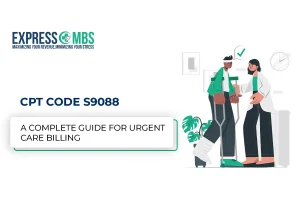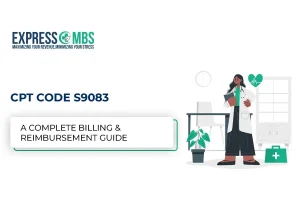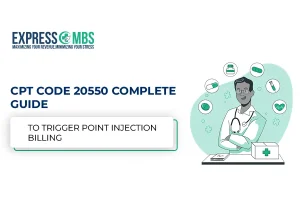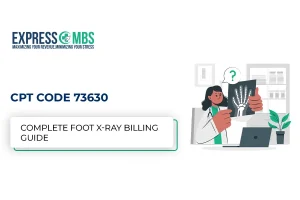
Retrospective Authorization in Medical Billing | Definition, Process & 2025 Updates
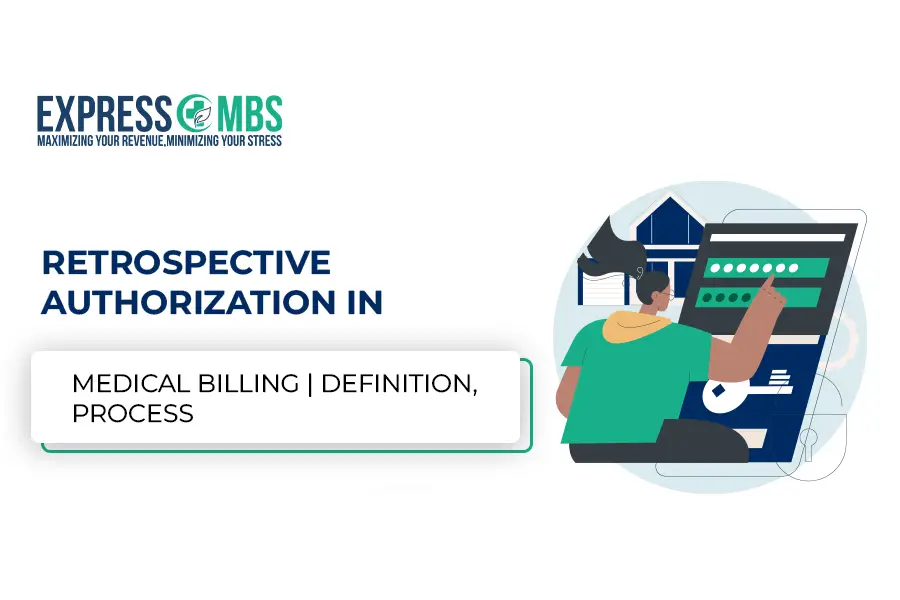
- Retrospective authorization helps recover payment for services already rendered.
- Strong documentation and proof of medical necessity are vital for approval.
- It’s a safety net, not a replacement for prior authorization.
- Partnering with an experienced medical billing service improves success rates and reduces denials.
What is Retrospective Authorization?
Retrospective authorization, often referred to as retroactive authorization, is a post-service approval process in medical billing where healthcare providers request insurance coverage for services that have already been rendered.
Unlike prior authorization, which requires pre-approval before a procedure, retrospective authorization is sought after the service has been delivered, typically in cases of emergencies, administrative oversights, or eligibility issues.
This process ensures providers can still secure reimbursement if they demonstrate medical necessity and proper documentation for the care provided.
Why Retrospective Authorization Matters
Retrospective authorization is essential in maintaining the financial health of healthcare organizations. It acts as a safeguard for services performed under urgent or unavoidable circumstances, helping providers recover potential revenue that could otherwise be denied.
Key benefits include:
- Secures reimbursement for emergency and urgent care services.
- Reduces revenue loss from administrative or eligibility delays.
- Helps maintain compliance and accurate medical documentation.
- Provides a pathway to appeal denied claims due to missing pre-authorization.
Common Scenarios for Retrospective Authorization
- Emergency Care: When immediate treatment is needed, providers act first and request approval later.
- Administrative Errors: Missed or incorrect pre-authorization steps during claim submission.
- Eligibility Updates: Insurance coverage was updated or verified after the service date.
- Patient Information Delays: When patient details or insurance verification were unavailable during treatment.
- Claim Denials: Retro authorization is requested to overturn a denial caused by missing authorization.
The Retrospective Authorization Process
- Request Submission:
The provider submits a formal request to the payer, including:- Patient demographics and service details.
- Dates of service and procedure documentation.
- Proof of medical necessity and clinical notes.
- Explanation of why prior authorization wasn’t obtained.
- Payer Review:
The insurer reviews all documentation to determine coverage eligibility and necessity. - Determination:
The payer issues an approval (payment released) or denial (provider can appeal) within a set timeframe, usually 30 days. - Appeal Process:
If denied, the provider can submit an appeal with further supporting evidence.
Challenges with Retrospective Authorization
While it allows providers to recover lost revenue, the process can be time-intensive and uncertain.
Common challenges include:
- High denial risk due to insufficient documentation.
- Extended payer review times, delaying payments.
- Administrative burden for billing staff.
- Increased cost and effort to rework denied claims.
Types of Authorization in Medical Billing
- Prospective Authorization (Pre-Authorization): Approval required before care.
- Concurrent Authorization: Approval during ongoing treatment (e.g., inpatient care).
- Retrospective Authorization: Approval after service delivery.
- Urgent Authorization: Granted during emergency medical events.
How Medical Billing Services Can Help
Professional billing companies like Express Medical Billing can simplify and accelerate retrospective authorization requests by:
- Managing claim submissions and retro requests accurately.
- Tracking payer guidelines and response timelines.
- Reducing administrative workload and denial rates.
- Ensuring compliance with CMS and payer policies.
- Optimizing reimbursement efficiency.
Final Thoughts
Retrospective authorization serves as a crucial recovery mechanism for healthcare providers when prior approval isn’t obtained. With accurate documentation, timely submission, and a solid understanding of payer requirements, providers can successfully secure reimbursement and maintain cash flow stability.
Partner with Express Medical Billing to streamline retrospective authorization, reduce denials, and ensure faster, more accurate claim reimbursements.
Frequently Asked Questions (FAQs)
It’s post-service approval from an insurer for a procedure or treatment already provided without prior authorization.
Prior authorization is obtained before care; retrospective authorization is sought afterward, typically in emergencies or missed cases.
No. Coverage depends on payer policy, medical necessity, and documentation quality.
It varies by payer but typically ranges from 15–30 days after submitting all required documents.
By maintaining updated payer lists, pre-verifying patient eligibility, and using expert medical billing teams.

